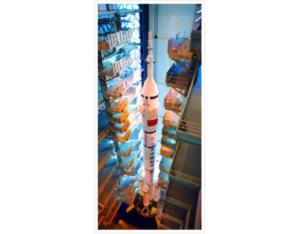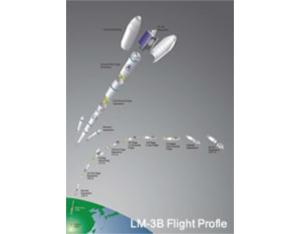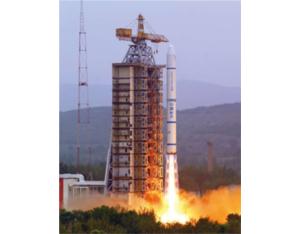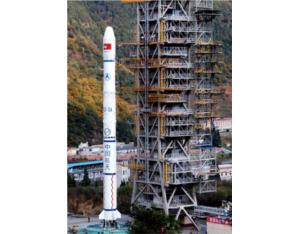Description
The LM-2F is a cutting-edge launch vehicle primarily designed for manned space flight missions. Developed from the LM-2E, which itself is based on the reliable flight technology of the LM-2C, the LM-2F represents a significant advancement in space exploration capabilities. The conceptual design for the LM-2E began in 1986, and after rigorous testing, the vehicle made its debut in the global launch services market following a successful test flight in July 1990.
This exceptional launch vehicle marked a historic milestone on November 20, 1999, when it performed the first successful unmanned test flight of a Chinese manned space capsule. The LM-2F gained further recognition on October 15, 2003, when it successfully facilitated China’s first manned spaceflight, Shenzhou 5. This was followed by the successful launch of Shenzhou 7 on September 25, 2008, which included China’s first space walk, highlighting the LM-2F’s pivotal role in advancing human space exploration.
Specifications
| Attribute | Details |
|---|---|
| Launch Vehicle Type | LM-2F |
| Development Base | LM-2E, based on LM-2C technology |
| First Test Flight | July 1990 |
| First Manned Spaceflight | October 15, 2003 (Shenzhou 5) |
| First Space Walk | September 25, 2008 (Shenzhou 7) |





